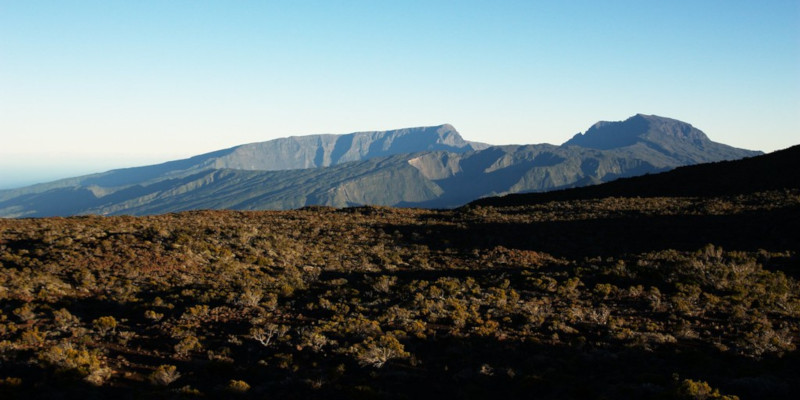
Piton de la Fournaise Facts
- This magnificent creation of geological forces is best known throughout the world by the French language name of Pition de la Fournaise. Local residents sometimes also refer to this true natural marvel simply by the short but descriptive alternate term of le Volcan.
- Regardless of which of these monikers one applies to it, though, the wonder stands out from others of its type due to its present nature. That holds true due to the fact that it’s still highly active. In fact, the mountain currently ranks as one of the most active volcanoes on the planet.
- This ranking actually places it with the likes of Mount Erebus, Stromboli, Mt. Etna, and Kilauea. Thus, while unquestionably magnificent, it nevertheless remains an extremely hazardous location. Despite this situation, though, it’s become an extremely popular tourist destination.
- Local officials naturally take every precaution possible with the safety of both the local population and tourists alike. To than end, the volcano continues to be very closely monitored at all times by numerous instruments. This provides for some warning of impending eruptions.
- The most recent eruption of the awesome Piton de la Fournaise occurred on December 7, 2020. The aforementioned monitoring of the site, however, managed to provide warning to local officials. That prompted the closing of the site to visitors prior to that eruptive event.
- In an ironic twist, this marvelous yet dangerous site currently sits within a National Park. Itself being a World Heritage Site, this bears the name of the Réunion National Park.That serves as the main reason for the extreme diligence of the authorities in observing its activities.
Related Articles

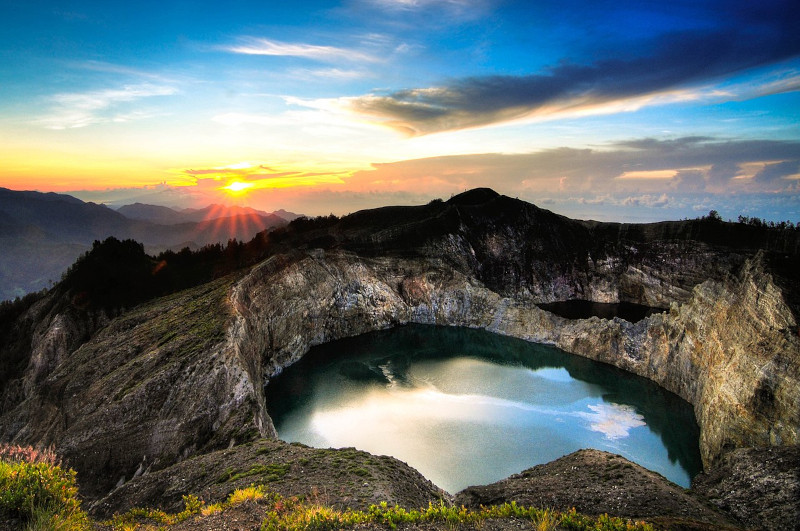
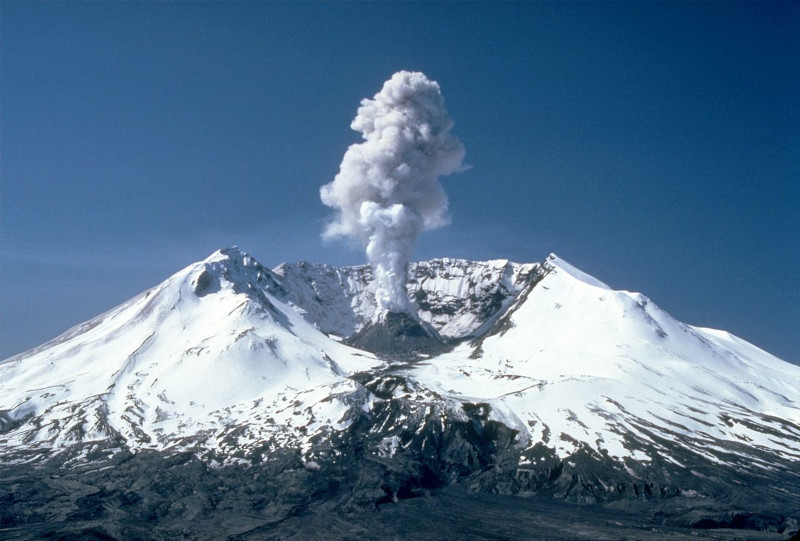
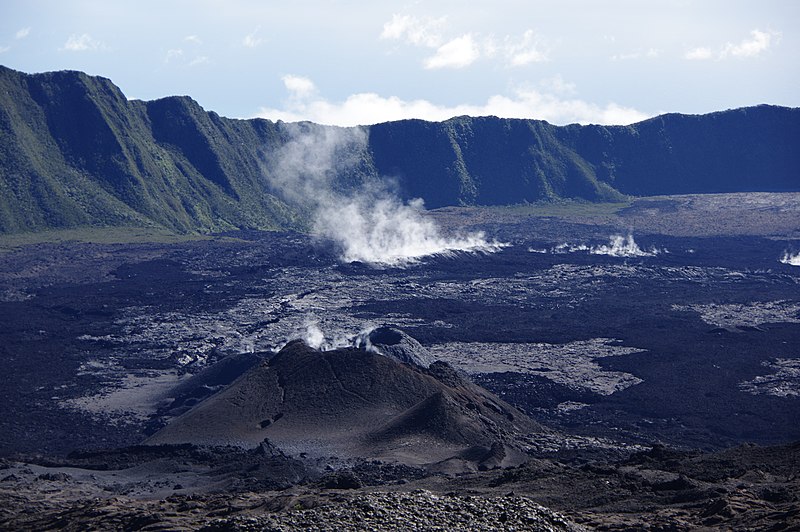
Piton de la Fournaise Physical Description
It bears noting that the breathtaking Piton de la Fournaise, cannot be compared with your typical volcano, if such a thing even exists. That’s because its gigantic caldera boasts some truly impressive dimensions. More precisely, it has an astonishing diameter measuring roughly 5 mi (8 km).
In case this does not manage to impress the average reader, however, Nature did not simply stop there. That’s true since the site also boasts other incredible dimensions. That’s because it stands an imposing 8,635 ft (2,632 m) tall. That alone elevates it to extreme status, no pun intended.
Yet the marvels of this geological wonder do not simply end there. Within the already incredible confines of this feature lies what’s called a lava shield that posseses a diameter of approximately 1,300 ft (396m). Few volcanoes on the planet have features rivaling those of this spectacular site.
Astonishingly, the list of marvels to be found inside of Piton de la Fournaise just keeps unfolding for view. Indeed, numerous other geological formations line the inside of the enormous crater. These primarily consist of much smaller craters and volcanic features known as spatter cones.
Over time, and simply working to enhance its already extreme impressiveness, another visually stunning feature came into existence. That’s due to the fact that, on the southeast side of the caldera, the sea breached its walls. This only augments the incredible array of sights to behold here.
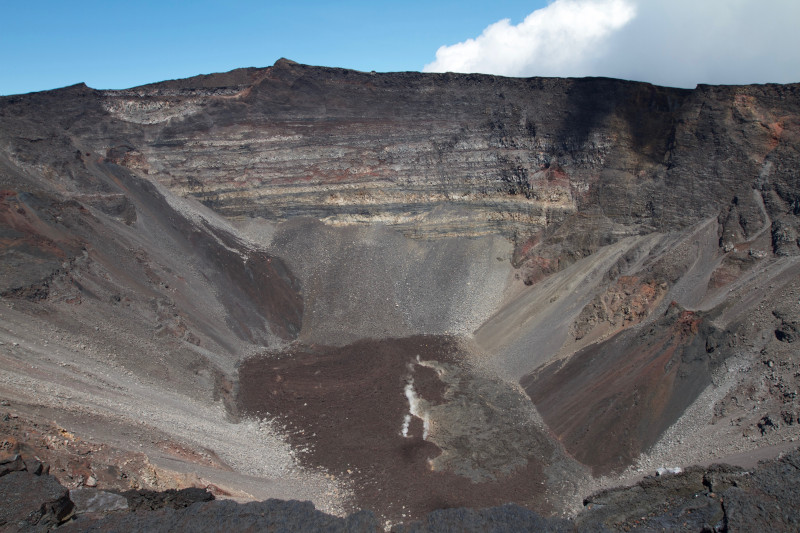
Piton de la Fournaise Location and Activity
The very air of magic pervading the marvelous yet dangerous mountain named Piton de la Fournaise also owes part of its presence to its location. That’s because the intriguing volcano additionally formed in an extremely remote part of the world. That region’s already known for its marvels.
More precisely, though, it formed on the eastern side of what now holds the name of Reunion Island. That site, itself wondrous, Nature created in the Indian Ocean, near the continent of Africa. This places the tantalizing creation of ongoing natural processes east of the island of Madagascar.
According to the latest, though ongoing, scientific research, this truly stunning volcano formed roughly 530,000 years ago. In relative geological terms, it is thus comparatively young. It further represents only a portion of what experts call the Reunion hotspot, active for 66 million years.
Though extremely active, as mentioned previously, the phenomenal Piton de la Fournaise typically produces comparatively slow-moving flows, as opposed to violent eruptions. The majority of its activity therefore falls into the category of basaltic flows. Over 150 have been recorded.
While the majority of these events remain inside the caldera, a few do manage to leave its confines, however. The most recent of these occurred in February of 2019. But, in all of this, only 6 have reached beyond the caldera. That could change at some point though, due to its active nature.
Features Sharing Its Region
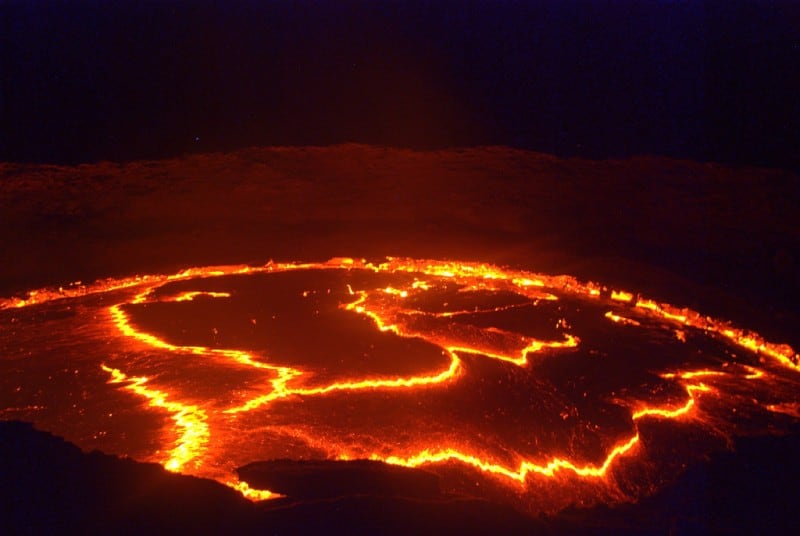
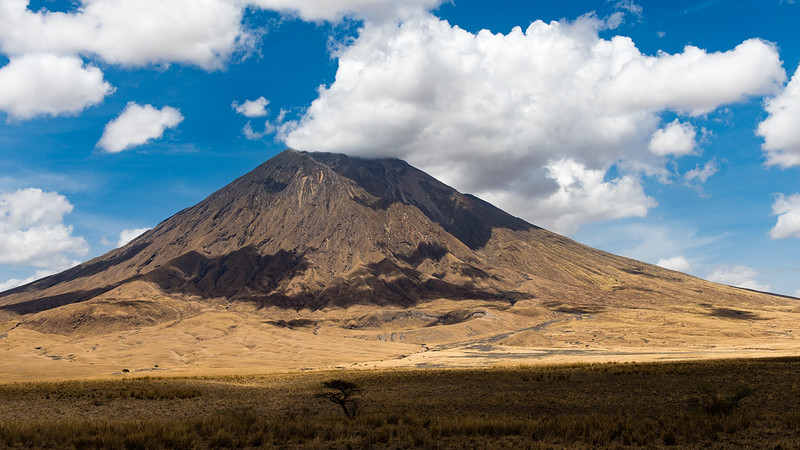
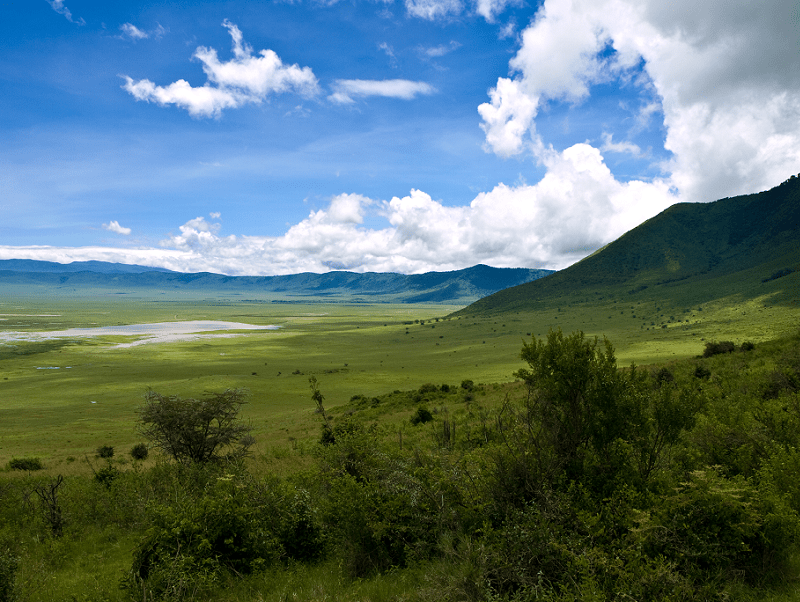
Check out our other articles on Earths Many Stunning Waterfalls, Blue Shark, Spiny Bush Viper, Scythian Lamb, Eight-Spotted Forester Moth, Alaskan Timber Wolf, Hellbender Salamander









Leave a Reply